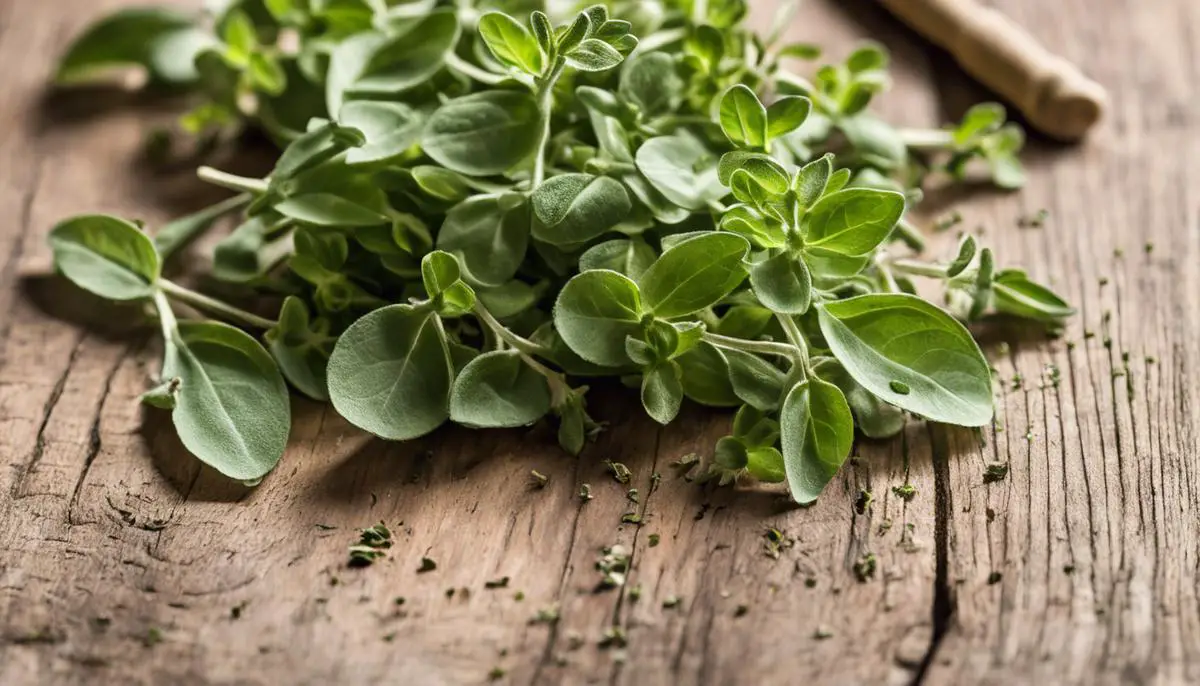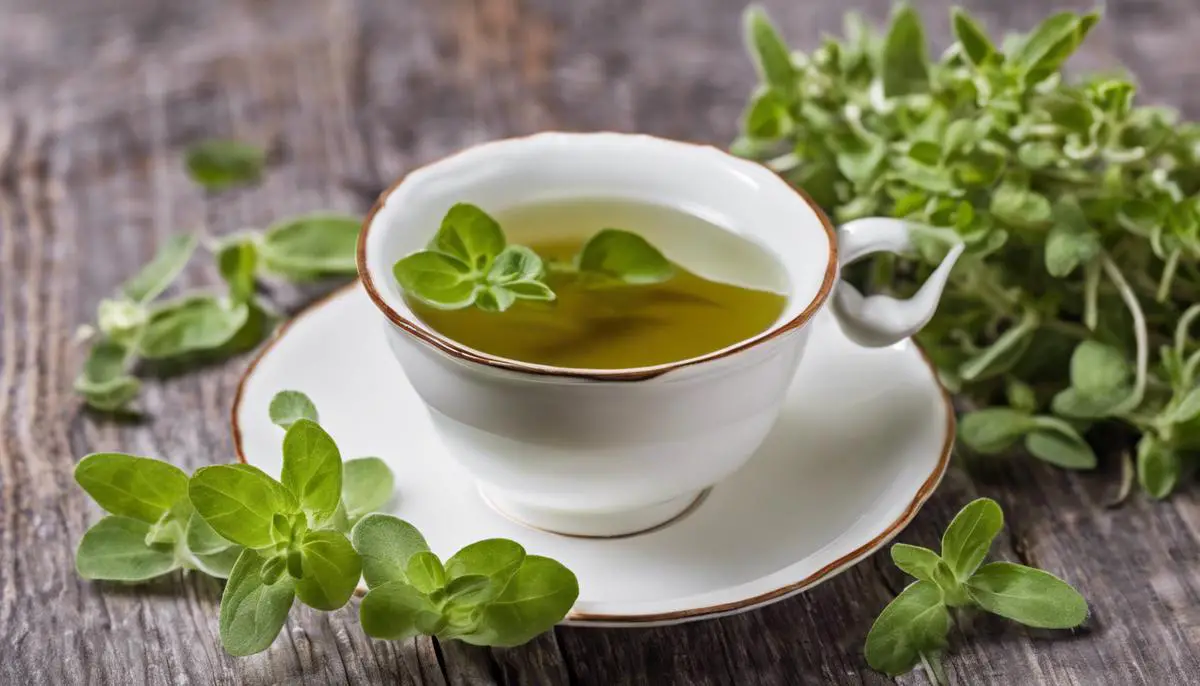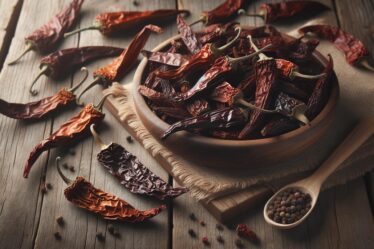
Marjoram Culinary Uses
Marjoram, with its spirited flavor that beckons to the depths of the mint family, has been a hero in kitchens for generations. More than just a relative to oregano, marjoram carries a subtle sweetness and woodsy charm that elevates it to a staple herb in culinary explorations. Its nuanced flavor profile, reminiscent of citrus zest and pine, makes it versatile across a variety of dishes, from soups and stews to sauces and dressings. A careful hand can transform an ordinary meal into a flavorful experience.
Marjoram's legacy in cooking is significant. Whether fresh or dried, its application is an art form – a pinch added towards the end of cooking can brighten up a dish, imbuing it with a fresh, aromatic essence that blends harmoniously within the melody of flavors. When marjoram is introduced in its dried form, it lends a more concentrated burst of its essence, making it an ideal companion in herb blends, such as herbes de Provence, or in the roasting and grilling of meats1. This speaks to marjoram's adaptability and its ability to lend depth and character to dishes.
Understanding marjoram's role in the culinary world is a journey through its history and a look into the future of creative cooking. Its inclusion in recipes isn't just about adding flavor; it's about invoking warmth and home, a reminder of traditional meals and a sign of contemporary culinary experimentation. Its applications are as varied as its history, marking every dish with a signature that is both bold and elegantly understated. In this dance of flavors, marjoram is a masterful conductor, ensuring that every ingredient finds its place in the gastronomic symphony.
Health Benefits of Marjoram
Marjoram, often overshadowed by its lookalike and genetic cousin oregano, packs not just an array of flavors but also boasts notable health benefits. This herb is as beneficial to the body as it is to the palate. A standout feature of marjoram is its rich antioxidant content2. These compounds are champions in the battle against free radicals – molecules that contribute to cellular damage and chronic diseases. By integrating marjoram into your diet, whether sprinkling it over a stew or brewing a warm tea, you're enhancing the taste of your meals and fortifying your body's defense system against inflammation, a precursor to conditions like diabetes and cancer.
Marjoram's utility extends to its potential antimicrobial properties. In an age where natural remedies are revisited with interest, marjoram presents itself as a promoter of wellness, possibly offering relief or protection against fungal infections and bacterial imbalances within the gut3. Its longstanding tribute to health comes from traditional use, where it has been employed to aid digestion and alleviate discomfort associated with menstruation. When you find this herb in your dish or cup, remember it's not merely a flavor enhancer but a guardian of your well-being. Its presence in meals transcends taste, touching on aspects of health that have been revered since ancient times.

Marjoram transcends its role as a mere ingredient; it becomes a symbol of warmth and well-being in our meals. As we savor its nuanced flavors, let us remember that this herb does more than just enhance our dishes—it nurtures our health with every leaf. Marjoram stands as a testament to the power of nature's offerings in enriching both our cuisine and wellness.
- Nissen L, Zatta A, Stefanini I, et al. Characterization and antimicrobial activity of essential oils of industrial hemp varieties (Cannabis sativa L.). Fitoterapia. 2010;81(5):413-419.
- Hossain MB, Camphuis G, Aguiló-Aguayo I, Gangopadhyay N, Rai DK. Antioxidant activity guided separation of major polyphenols of marjoram (Origanum majorana L.) using flash chromatography and their identification by liquid chromatography coupled with electrospray ionization tandem mass spectrometry. J Sep Sci. 2014;37(22):3205-3213.
- Mossa AT, Refaie AA, Ramadan A, Bouajila J. Antimutagenic effect of Origanum majorana L. essential oil against prallethrin-induced genotoxicity in rat bone marrow cells. J Med Food. 2013;16(12):1101-1107.



